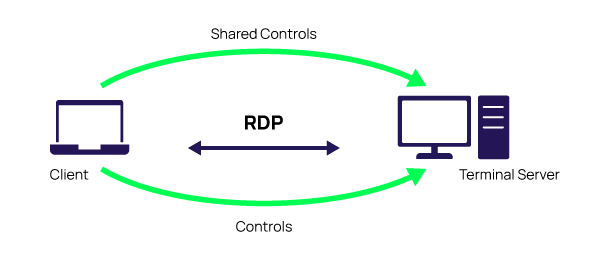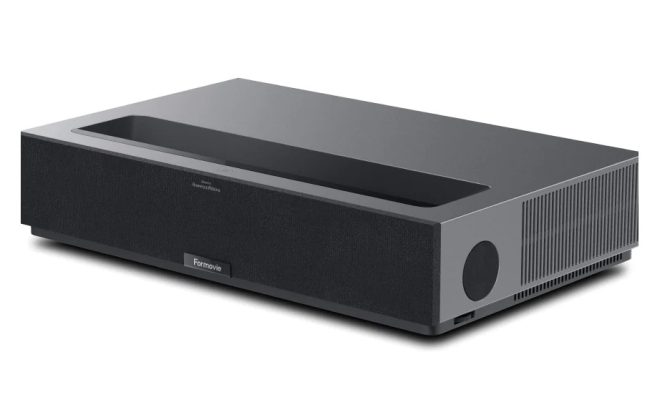What is an Information System?

An information system is a set of interconnected components that work together to gather, store, manage, process, and disseminate information. It includes software, hardware, people, procedures, and data that work together to help decision makers in organizations to make more accurate and faster decisions. Information systems have become an essential component of modern organizations that are dependent on information for their operation and growth.
An information system involves several components, including hardware, software, data, procedures, and people. These elements work together to collect, store, process, and disseminate information within an organization. Information systems generally have four components, which are:
1. Input – this is the component that gathers the data or information from various sources, such as forms, surveys, sensors, etc. In many cases, this input needs to be cleaned, organized, and formatted before it can be processed.
2. Processing – this involves the manipulation of the input data so that it can now be analyzed or interpreted. This stage involves the use of software applications that can process, analyze, and transform the data into a more usable form.
3. Output – once the information has been processed, it can now be presented in a more meaningful form that can be easily understood by decision-makers. This output can be generated in various formats, such as reports, graphs, charts, or dashboards.
4. Feedback – this component provides information on the system’s performance, including any errors or issues that need to be addressed. This feedback is crucial in improving the information system.Information systems can be classified into different types based on their function and application. These include:
1. Transaction Processing System (TPS) – this is a type of information system that processes data generated by routine transactions such as sales, inventory, payroll, etc. TPS is used to manage an organization’s daily activities and operations.
2. Management Information System (MIS) – this is a type of information system that provides managers with the information required to make decisions in an organization. MIS provides reports, analyses, and other relevant information to help organizations make better decisions.
3. Decision Support System (DSS) – this is an information system that helps decision-makers to make decisions based on data analysis and simulations. DSS is used to analyze and transform data into knowledge that organizations can use to make better decisions.
4. Enterprise Resource Planning (ERP) – this is an information system that integrates all the functions of an organization, such as finance, marketing, human resources, etc. ERP provides a centralized system for all departments to work together, and it’s used to manage the entire organization’s functions and processes.
In conclusion, information systems play a vital role in modern organizations, and they have become an essential component of their operation and growth. They provide organizations with the critical information required to make decisions, manage daily operations and facilitate communication and collaboration within departments. Understanding the types and components of information systems is crucial in selecting the most appropriate system for an organization based on its needs and requirements.





